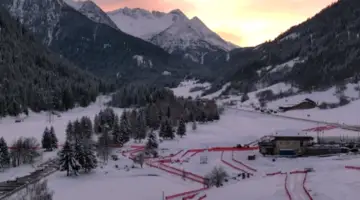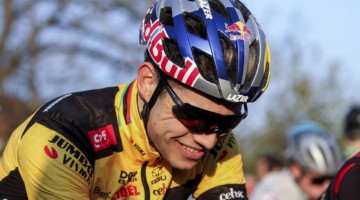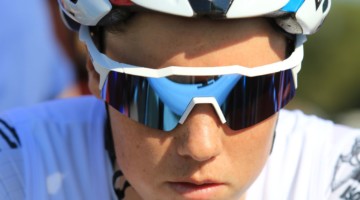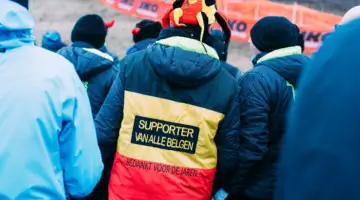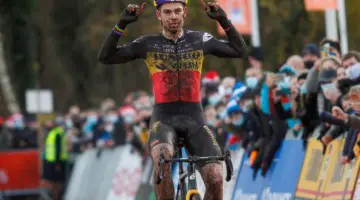Every two weeks from now until the end of the cyclocross season, Helen Wyman will be providing a first-hand look at life as a professional cyclocross racer. Wyman is expecting to spend much of September in the U.S. for the World Cups and then return to Europe for the European ’cross calendar, so she should have a variety of experiences from on and off the course to share.
In today’s first installment of her column, she introduces us to “Flemish Bike” and talks about offseason road racing training.
by: Helen Wyman
Thud, Thud, Thud, Thud … Yep, you’ve crossed the border into Belgium and your car suspension will never let you forget it. The crazy road surfaces are just one of the things you’ll need to learn to love if you’re going to cope with any length of time in the heartland of ’cross (Obviously I mean European cyclocross; I’ll let you decide where the North American equivalent is).
But how Belgian is Belgium? This was something going through my head as I spent a week there in July for my annual short, but perfectly-formed road season. There are so many things that make me smile in Belgium, and having been away for 18 months after moving to France—and breaking myself last season—I’m genuinely excited to get back to Belg this winter.
The weather for our trip was a typical Belgian summer of rain, cold, strong winds and burning sun so hot you think you’re in Spain. You know, I am pretty sure this mercurial mix of weather in Oudenaarde was the inspiration for the song Four Seasons in One Day.
When in Oudenaarde, you might as well get more Belgian by joining the group ride. The ride is run on the canal path from Ghent to Oudenaarde, and back to Ghent, and back to Oudenaarde, and back to Ghent, etc. [Ed. note: Approximately 18 miles each way]
It’s run every day, with just the rare days taking an excursion into the Flemish hills. I’m pretty sure some of the folks on it only ever ride the canal, and I applaud their motivation. For me, it’s a chance to do some speed work and a nice way to spin the legs before an evening race.
For a first Flemish lesson for you all: when on the ride and one of the leaders spots someone riding towards you, he’ll shout (what I can only assume is a made up word) “Awwaaiiwwwaaa”. So there you have it, you’re on your way to being fluent:
Keep to our side: Awwaaiiwwwaaa
Over the course of my diaries for Cyclocross Magazine, I hope to help you all speak fluent “Flemish Bike,” to help make your future trips to the land of the frangipane that little bit more stress-free.
To help train for cyclocross season, I did some road races in Belgium. They were fun and over a mixed bag of terrain, but they shared a familiar pattern of: ’cross riders attack … 90 riders chase them down. Any other rider attacks … let it go. The thing is, we are only there for training and our attacks are merely intervals. We hope you chase us down, as we have all winter to ride more or less alone in the mud and snow, so it’s just lovely to be in a group.
Keep chasing us, please.
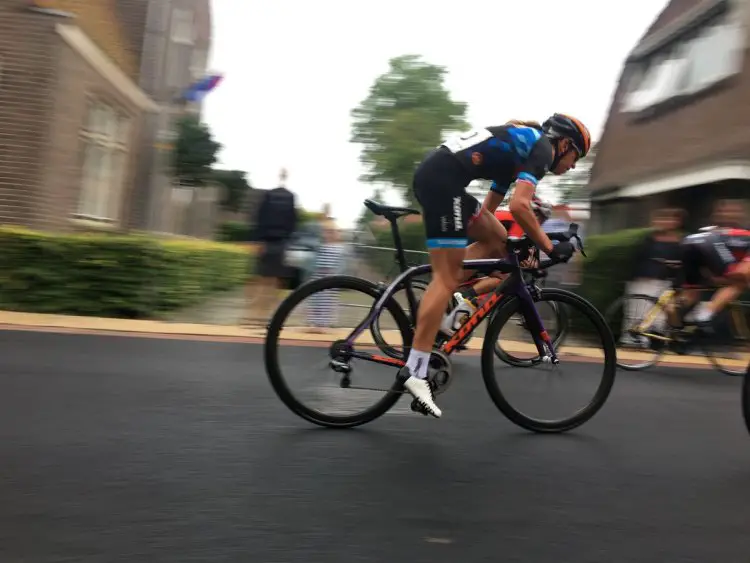
Helen Wyman’s trip to Belgium included some offseason road racing. photo: Stef Wyman
Here’s another bit of Belg that makes me smile … the Sponge. Yes folks, when it’s above 20 degrees (That in C’s for you who think in American degrees), riders require sponges dipped in water to be handed up to them. Feed zones, generally set up immediately before cobbles, or on a small, bullet-fast downhill, become like slalom training where we avoid dropped bottles, discarded sponges, ornamental-sized dogs, and of course death ridges and valleys—aka those parts of the concrete roads where they join sections together and inevitably take down unsuspecting riders.
Here’s Flemish Bike word two: “Amai.” It kind of means oh my, or oops, or gosh (for you posh folk). You’ll hear it around the feed zone as people watch the chaos.
Oh my: Amai
The racing went well. It was not my plan to get my hands in the air, but just to see how the legs are doing ahead of the season. That said, having watched the video clip of the finish from GP Beverly [in Massachusetts], I’m not sure I’ll be doing a traditional celebration unless I have a lead of over a minute, you know, just in case.
Anyway, the legs seemed to work, so I’m happy, and I’m now up in the mountains enjoying a second block of training at altitude. I love the hills, hence moving to a hilly area in France, but my annual trip to the Alps is something I always look forward to.
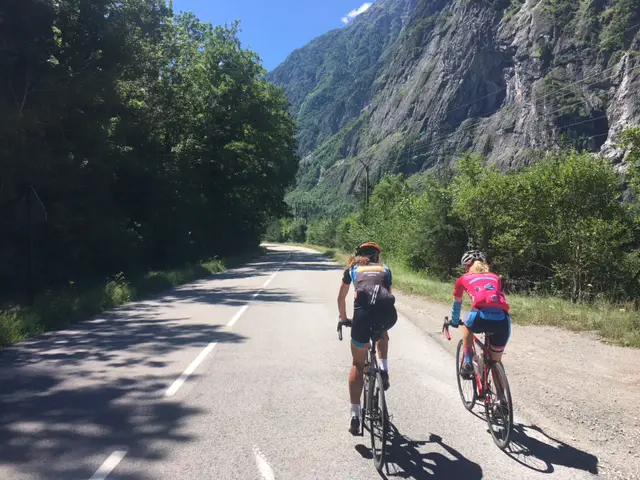
Helen Wyman got the opportunity to ride with Irish cyclocross national champion Beth McCluskey. photo: Stef Wyman.
Despite fist pumping (I will keep you updated on proper Belgian fist-pumping form) for the progress of some of the UCI regulations that affect women’s cycling, especially the (painfully) slow move towards equal prize money and more evolution for the younger categories, it still leaves me shocked to see the current team and rider situation. Riders like Caroline Mani, a recent Worlds medalist, are looking to ride the coming season based on crowd funding, which is not a sustainable way of getting sponsorship.
Some serious thinking is needed to ensure a coordinated strategy is in place to increase opportunities for riders and teams, rather than just more regulations and financial controls on events and promotion.
Sponsorship is a privilege, and I personally feel any partnership I enter into needs to be based on my ability to represent a brand and lead to sales growth. Me winning anything outside of the world championships is unlikely to provide a sales bump, but if sponsors want to start some strategies to get ahead of game, I really feel backing women (and men) ’cross riders can provide great returns.
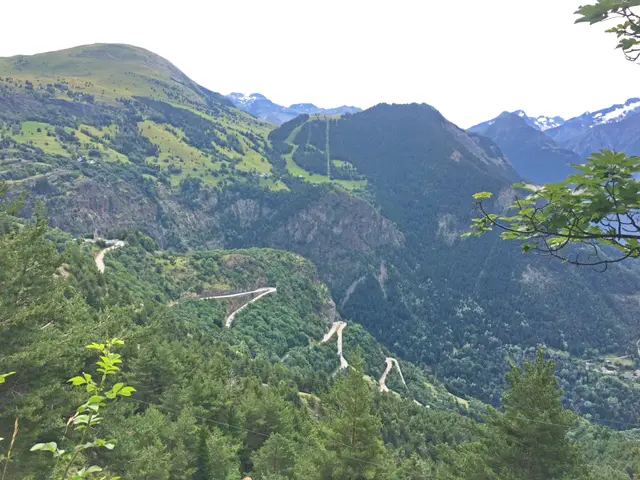
Helen Wyman loves climbing hills, especially famous ones like the Alpe d’Huez. photo: Stef Wyman
Anyway, I’m off to enjoy my view of the Alps, so I’ll leave you one last phase: “Tot Straks.”
See you later: Tot Straks
Helen























